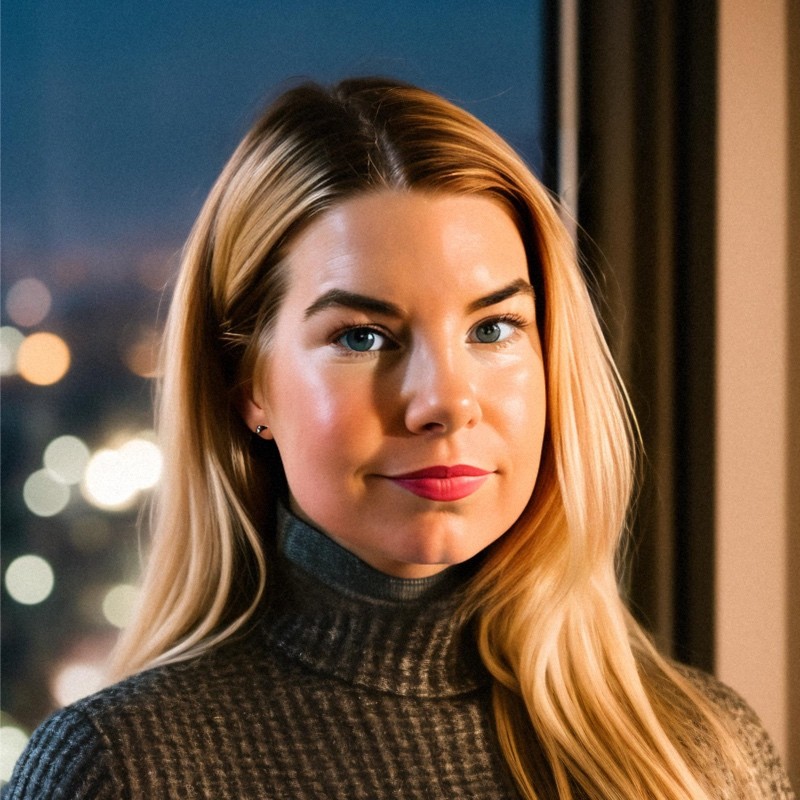LinkedIn is Where Higher Ed Marketers Start Lasting Relationships with Prospective Students
The current economic environment poses an interesting challenge for higher education marketers. On the one hand, there are more prospective students in-market than ever before and on the other, these prospective students have more educational options to choose from.
The sheer volume and quality of online offerings today differs markedly from the last recession... students have far more options, from attending large non-profit and public universities to faster and cheaper last-mile training programs. — Michael Horn, Co-Founder of the Clayton Christensen Institute and author of "Choosing College."
This influx in interest will unlikely result in unlimited marketing budgets to target these prospective students, which means that higher education marketers will continue to be asked to do more with less.
Higher education marketers know well that there is attrition throughout the funnel. Not all leads become enrolled students, in fact 85-95% of leads do not enroll. Historically, this has led to an increased focus on generating as many leads as possible. The idea being that if our lead to registration rate remains constant, more leads equals more enrollments. But, with increased competition and flat or declining marketing budgets, how can marketers meet increasing enrollment goals?
As I thought more about the challenge presented to higher education marketers today, it greatly reminded me of another challenge that has plagued many for decades: dating in New York City.
In a World of Cheap Clicks and Swiping Right How Do We Properly Message that We Are Seeking a Quality Connection?
There's a good reason marketing is often compared to dating. While many factors determine whether your date converts to a mate, you can boost the odds of achieving your goal by starting your search in the most opportune place. Though you might meet your soulmate in a bar, it’s often a matter of luck. It's crowded, competitive, loud and you don’t always know if your audience is in the right frame of mind for your message. On the other hand, dating apps allow you to be efficient with your messaging. Engaging a targeted group of potential mates that are seeking the same; a quality partnership. Distinguishing quality candidates from the rest is a draining exercise and overwhelmingly mindset matters.
LinkedIn is for Serious Relationships
Let’s carry that analogy back to the world of higher education marketing. If our competition is the bar where you can’t be certain about their level of interest in a long-term partnership, LinkedIn is the dating app where people are in the mindset to make a serious connection. You don’t need to be at the bar every night collecting as many phone numbers as possible. If 85% end up not being interested in something long term, it will be more effective to seek out a highly qualified audience even if it results in less dates over time.
In other words, where you set your sights and who you engage matters. In fact, your school incurs an opportunity cost throughout the marketing funnel for every poor-quality lead you generate. Whether you or someone in your admissions department spends the time to weed out tire kickers from promising leads, it adds up to wasted money. And – just like in the bar – you miss the opportunity to engage someone with more promise who ends up enrolling at another school in the meantime.
Don’t get me wrong. I’m not saying you should stop spending time at the bar. In fact, going to bars and using dating apps could be the perfect way to achieve your goals.
How William & Mary Made More Quality Matches
In 2019 The College of William & Mary was facing the exact same challenge that faces higher education marketers today: how to drive more enrollments with a flat or declining marketing budget. They sought to drive enrollment in the part-time evening Flex MBA program offered through its Raymond A. Mason School of Business, but they knew that just driving more leads year-over-year wasn’t the answer.
William & Mary Mason School of Business wanted to settle down with committed students. Knowing they could meet many potential candidates at the bar (i.e., Facebook), the marketing team ran ads there hoping to efficiently drive engagement. Once prospective suitors showed interest by visiting the school’s website, William & Mary knew it needed to nurture the relationship until those suitors were ready to commit.
What is the first major step towards commitment? Bringing your partner home to meet the parents. This is the opportunity to visualize what your life would be like long-term in this partnership. Is this the kind of family that runs 5ks on Thanksgiving? Or the kind that sits in front of the tv watching football in a food coma? It allows both parties to evaluate if this is the right fit long-term.
William & Mary brought these potential candidates home to Mom, so to speak, by sending them LinkedIn Message Ads with a personal introduction from the school’s chief recruiter and her direct contact information. When the school saw recipients were active on LinkedIn and receptive to the outreach, they took it as a signal that they were interested in exploring a more committed relationship. Realizing these candidates were ready to take things to the next level, the school doubled down on engagement.
LinkedIn was the filter through which William & Mary ran all of its potential candidates and the results speak for themselves. William & Mary Mason School of Business greatly increased the efficiency of its campaigns. Using LinkedIn to focus on quality prospects, it drove 23% more enrolled students year over year with 12% fewer leads. In other words, by emphasizing quality over quantity, the school generated better results than ever before.
Start the Relationship of a Lifetime
Considering all the time it takes to develop marketing strategies and campaigns and qualify leads, it makes sense to generate fewer – but higher-quality – leads that convert. In fact, focus on zeroing in on candidates who are in the market to earn a degree, are more likely to finish their degree, and are even strong candidates for additional degrees. Those are the types of prospective students you find on LinkedIn.
On LinkedIn, members are in the mindset to learn and grow their careers. They're 1.7x more receptive to ads and they take 25% less time to graduate. Connect with potential students when they are in the right mindset and the payoff is higher enrollment this year and in years to come.
Read this case study for more details on how William & Mary Mason School of Business increased its marketing efficiency while driving higher enrollment by prioritizing quality over quantity.




